- Home >
- Japanese Scenery >
- Ginkaku-ji temple in the snow >
Ginkaku-ji temple in the snow
The Ginkaku-ji (Jisho-shi) temple, which dates back to the latter Muromachi period--known as a time of Higashiyama culture--is uniquely characterized by the Japanese concept of wabi-sabi ("quiet simplicity"). Kyoto Prefecture.
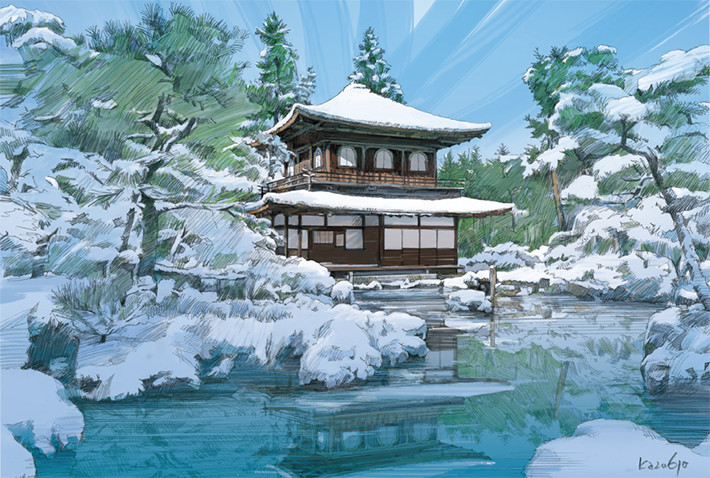
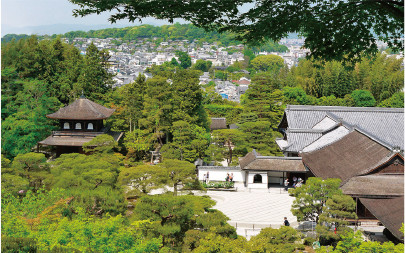
Ginkaku-ji temple is considered one of Kyoto's three major pavilions typical of the Higashiyama cultural era (Muromachi period).
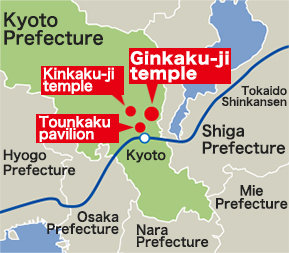
Based in admiration of the Kinkaku-ji temple (Rokuon-ji temple), a villa belonging to his grandfather Ashikaga Yoshimitsu--Ashikaga Yoshimasa--8th shogun of the Ashikaga shogunate during the Muromachi period, built Ginkaku-ji in Higashiyama as his own villa. The temple took eight years to build, starting in 1482. It was dedicated to the enlightenment of the soul of Yoshimasa, who passed away in 1490. The temple was named "Jisho-ji" temple. The Ginkaku-ji temple features a simple, serene atmosphere, standing in contrast to the gold-leaf covered Kinkaku-ji. Though not covered in silver leaf, it has come to called "Ginkaku" as opposed to "Kinkaku." The culture of the Higashiyama period, characterized by the lingering charm of wabi-sabi ( "quiet simplicity") and simple beauty aesthetic, developed into such cultural aspects as tea ceremony, the art of floral arrangement, noh theater, kyogen, etc., greatly impacting future Japanese culture. The temple was placed on the World Heritage List as part of the cultural assets of the ancient capital of Kyoto in 1994.
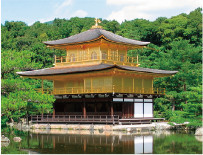
Kinkaku-ji temple (Rokuan-ji temple)
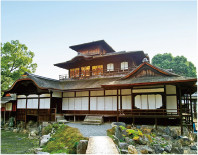
Tounkaku pavilion (inside Nishihongan-ji temple)
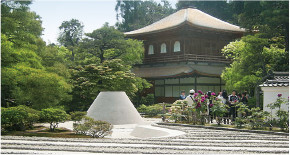
Ginshadan stone garden and Kannon hall






